Build a Best-in-Class Company Culture: Lessons from Erb & Young
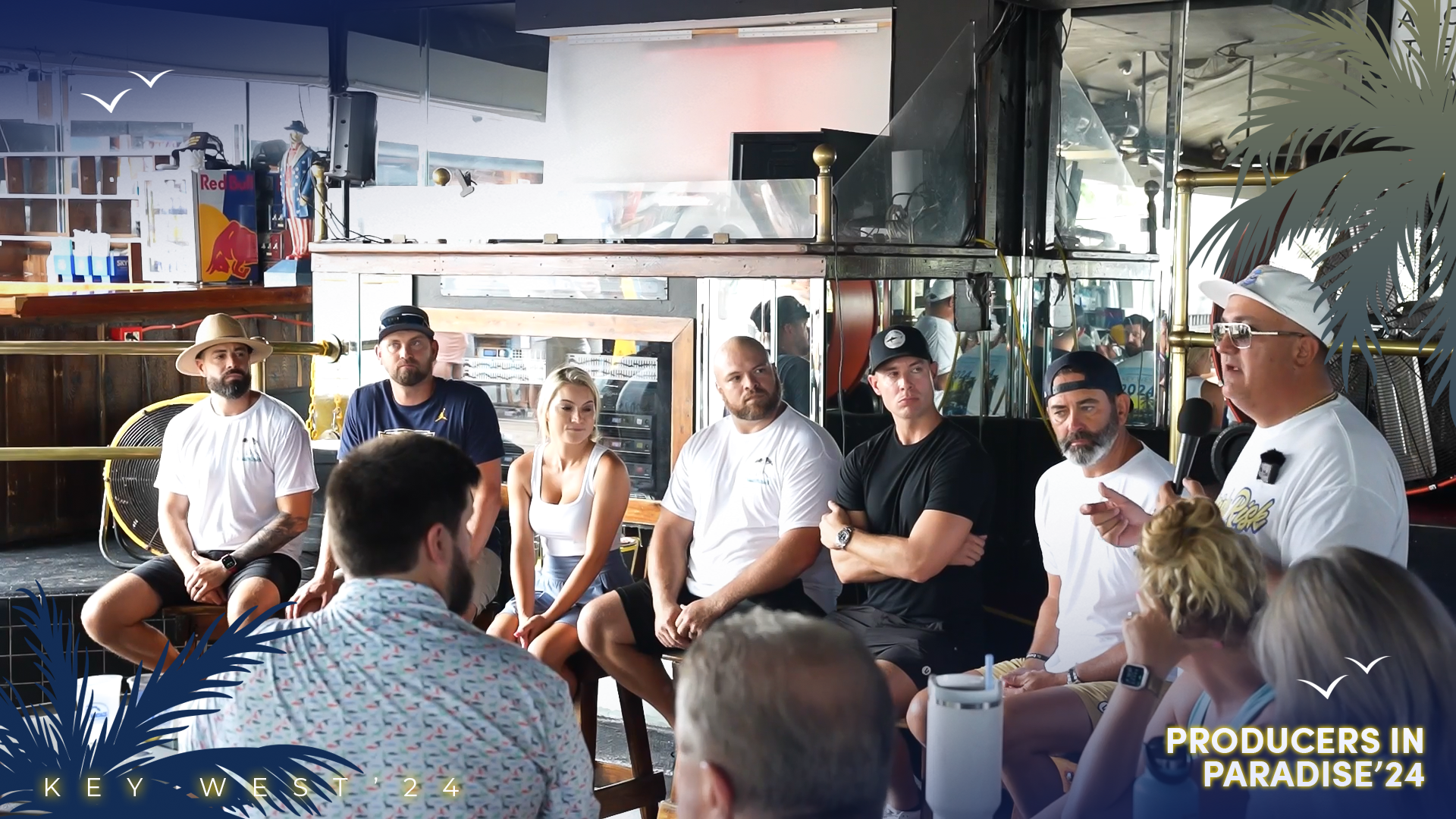
Introduction
Company culture is a critical component of any successful business. It’s the invisible force that shapes your company’s environment, influencing how employees interact, their level of engagement, and ultimately, the overall success of the organization. A strong culture can attract top talent, reduce turnover, and enhance employee satisfaction. Erb & Young, an insurance agency from Orlando, FL, serves as a prime example of a best in class culture in the insurance industry. Their journey offers valuable insights into how intentional culture building can lead to extraordinary business outcomes.
The Foundation of Culture
Intentional Decision-Making
Building a strong company culture begins with a conscious decision from leadership. For Erb & Young, this was not just about creating a pleasant work environment but about defining who they were as an organization. The leaders at Erb & Young sat down and agreed that culture and personal development would be their top priorities. This intentional focus on culture from the very beginning set the stage for their future success. They understood that culture is not something that happens by chance; it requires deliberate effort and a clear vision.
Defining Culture
Culture is often mistaken for superficial elements like motivational quotes or workplace perks. However, as Erb & Young exemplifies, culture goes much deeper. It’s about identity and intentionality. Culture is the collective character of a business, shaped by the behaviors, beliefs, and values of its people. At Erb & Young, culture means being genuine, consistent, and intentional in everything they do. It’s not just how they behave but who they are, both inside and outside the office.
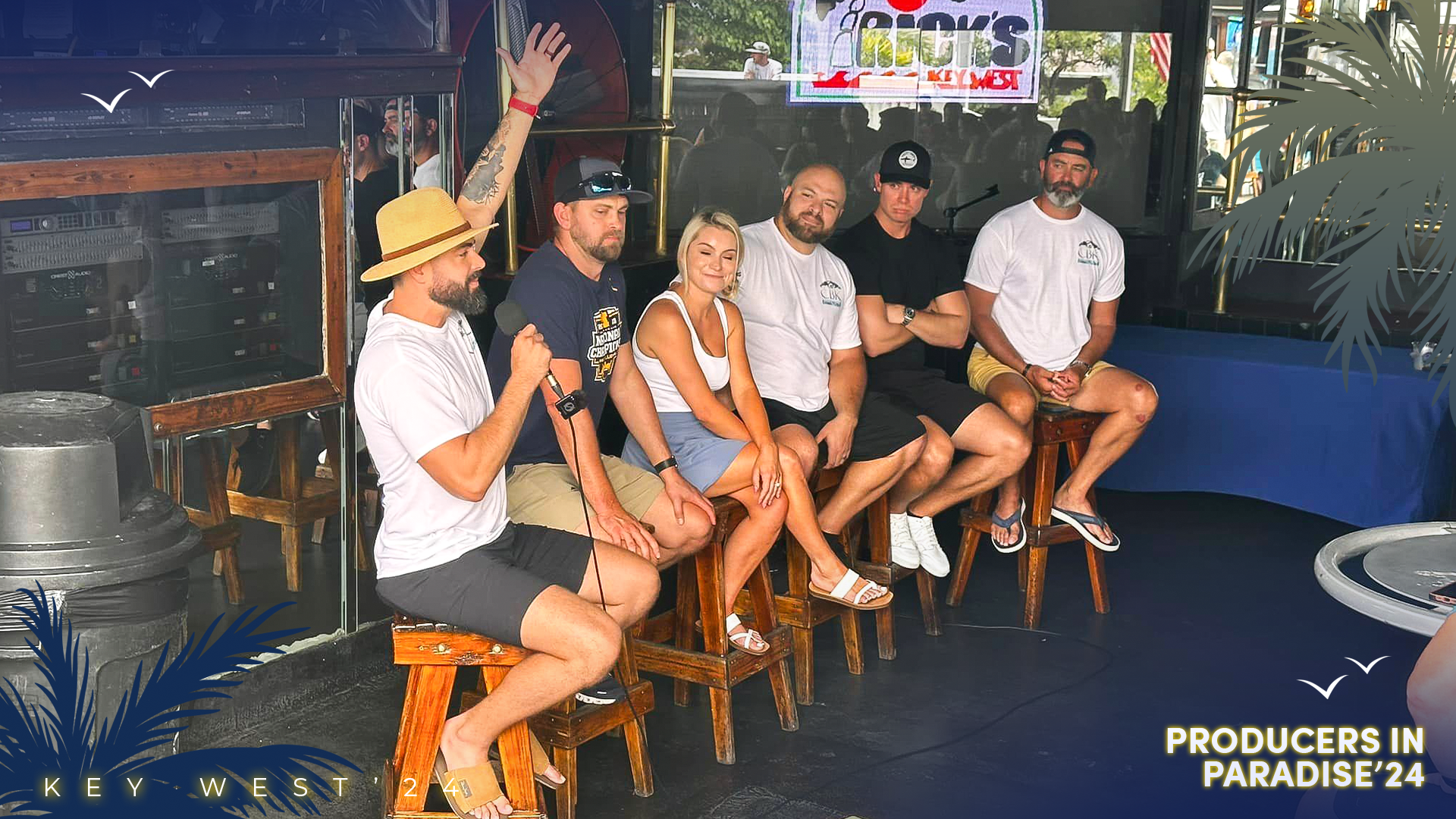
Building and Sustaining Culture
Creating a Competitive Advantage
At Erb & Young, culture is seen as a competitive advantage. They recognized early on that a collaborative approach was essential to achieving their goals. By fostering a strong, positive culture, they created an environment where employees felt motivated and engaged. This collaborative spirit not only made Erb & Young a great place to work but also contributed to their business success. A strong culture can drive performance, innovation, and growth, giving companies a significant edge over their competitors.
Characteristics of a Positive Culture
A positive culture is characterized by a strong sense of identity and belonging. At Erb & Young, the culture is built on genuine care for employees, creating an environment where people look forward to coming to work. This sense of belonging and mutual support is crucial for maintaining high levels of engagement and motivation. Employees at Erb & Young describe their workplace as one where their closest friends are their colleagues, highlighting the deep connections and strong relationships that define their culture.
Practical Steps to Building Culture
Genuine Care for Employees
One of the key aspects of Erb & Young’s culture is their genuine care for employees. This is evident in their approach to personal development. They invest in their employees’ growth, both professionally and personally. For example, they organize annual summits where the focus is not on insurance but on personal development, family, and life skills. This investment in people builds trust and loyalty, creating a strong bond between the company and its employees.
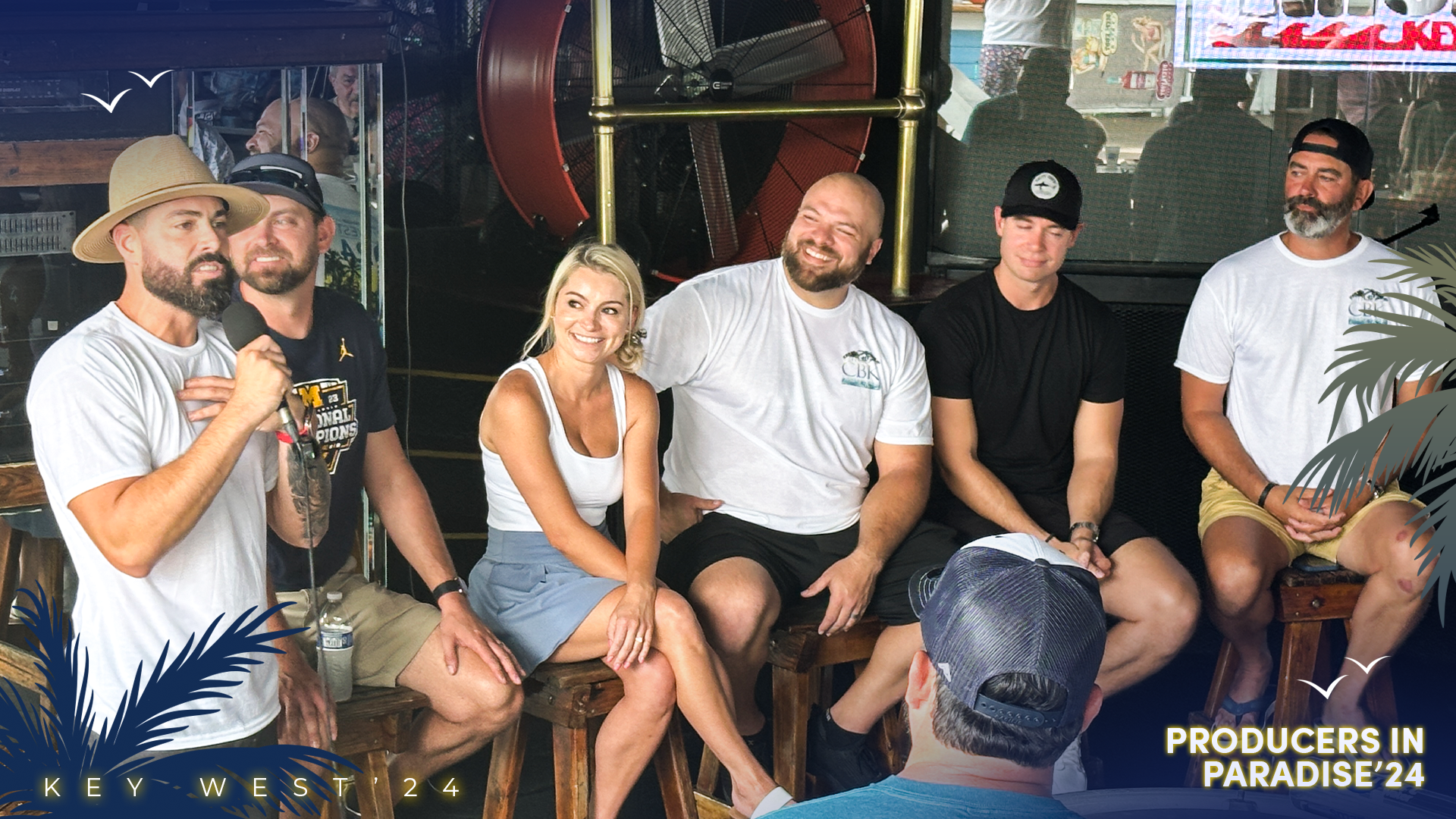
Hiring for Culture
Hiring the right people is crucial for maintaining and enhancing culture. Erb & Young’s hiring process is designed to ensure that new hires are a good cultural fit. They prioritize energy and enthusiasm over specific skills, believing that skills can be taught but cultural fit cannot. Their process includes multiple interview stages, involving different team members to get a well-rounded view of the candidate. They also emphasize the importance of third-party validation, where potential hires speak with current employees to hear about their experiences firsthand.
Tools and Strategies for Culture Building
Inspiration, Safety, and Connection
Erb & Young uses a framework of inspiration, safety, and connection to recruit, develop, and retain talent. They inspire their employees by providing a vision of a better tomorrow, making them believe in the company’s mission and their role in it. Creating a safe environment where employees can fail and learn without fear of retribution is another critical component. Finally, they emphasize connection and love, fostering deep relationships and a sense of belonging among employees.
Values and Decision-Making
Values are the foundation of culture. At Erb & Young, shared values guide decision-making and influence behaviors at every level of the organization. They have clearly defined values that serve as their North Star, ensuring consistency and alignment in their actions. This value-based approach helps build trust and fosters a cohesive culture where everyone is working towards the same goals.

Real-Life Examples and Testimonials
Employee Experiences
The personal stories of Erb & Young employees highlight the impact of a strong culture. For instance, one employee shared how their closest friends are their colleagues, underscoring the deep connections fostered within the company. Another employee spoke about the genuine care and support they received, both professionally and personally, which made them feel valued and motivated.
Success Stories
Erb & Young’s success stories demonstrate the tangible benefits of their strong culture. Despite starting with no money and no experience, they have grown their organization from scratch to over $6 million in revenue, with a trajectory that continues to rise. Their low turnover rate and high employee engagement are testaments to the effectiveness of their culture-building efforts.
Conclusion
Building a strong company culture is not just a nice-to-have; it’s essential for long-term success. Erb & Young’s journey shows that with intentional effort, genuine care, and a clear vision, any organization can create a best-in-class culture. By prioritizing culture, investing in personal development, and hiring for cultural fit, companies can create an environment where employees thrive and business flourishes. Reflect on your own company’s culture and consider implementing these strategies to take your organization to the next level.
Connect with Erb Young on LinkedIn:
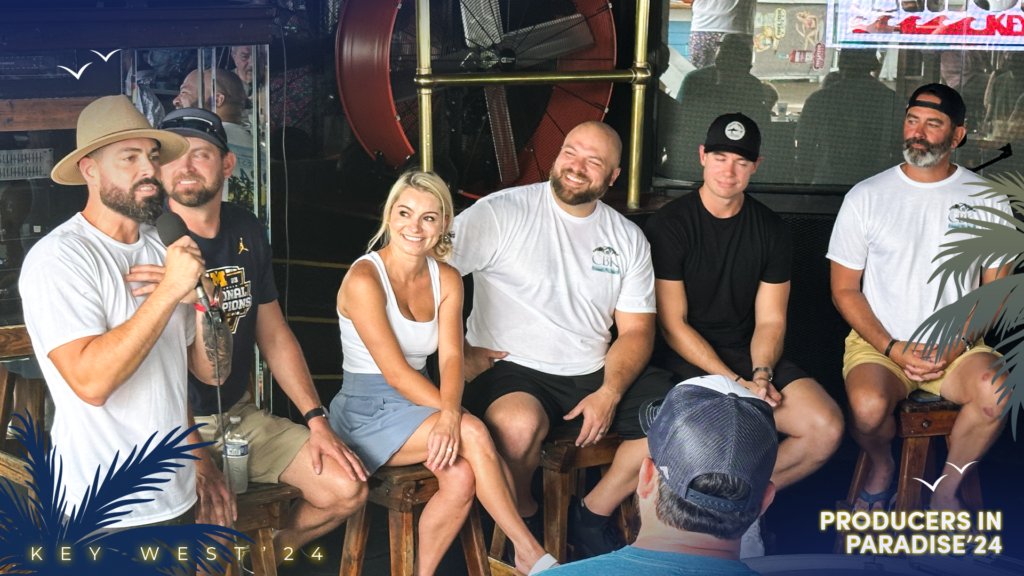
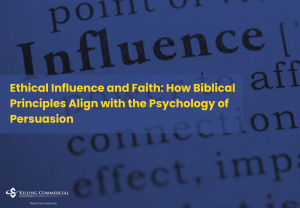
Ethical Influence and Faith: How Biblical Principles Align with the Psychology of Persuasion
Influence is one of the most powerful tools we have in business, leadership, and personal life. Used well, it inspires people, builds trust, and creates ethical results. Used poorly, it can slide into manipulation and self-interest.
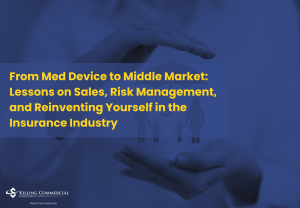
From Med Device to Middle Market: Lessons on Sales, Risk Management, and Reinventing Yourself in the Insurance Industry
Reinvention is one of the most powerful themes in the insurance industry. Some of the best commercial producers in the country did not grow up wanting to sell insurance. They did not study risk management in college. They did not come from an agency family. They found this industry after they tried something else. They found it after life pushed them toward a career where performance, autonomy, and mindset determine the outcome.
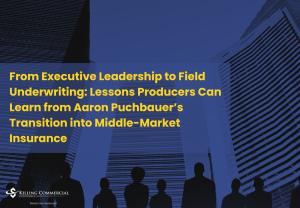
From Executive Leadership to Field Underwriting: Lessons Producers Can Learn from Aaron Puchbauer’s Transition into Middle-Market Insurance
The most successful producers in the middle market did not get there because they quoted faster, smiled bigger, or knew how to talk longer. They got there because they learned how to differentiate themselves so clearly that prospects had no choice but to see them as trusted advisors. They learned to operate like businesspeople first and insurance technicians second. They learned how to tie operational mechanics to insurance outcomes. They learned how to control their time, their pipeline, and their future.
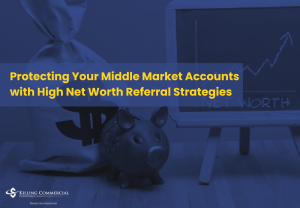
Protecting Your Middle Market Accounts with High Net Worth Referral Strategies
In commercial insurance, the most dangerous threats to your book of business aren’t always visible on the loss runs. One of the most overlooked vulnerabilities for middle market producers is ignoring the personal lines needs of their business owner and executive clients.
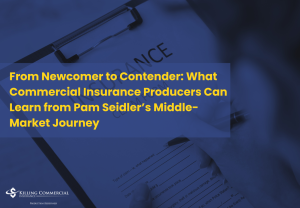
From Newcomer to Contender: What Commercial Insurance Producers Can Learn from Pam Seidler’s Middle-Market Journey
The commercial insurance industry is one of the few professions where someone can enter with no experience, no connections, and no background in risk management and still build a long, lucrative career. But success is never automatic. It requires hunger, humility, curiosity, and the willingness to keep showing up even when the process feels overwhelming. That is why the story of Pam Seidler has already started making waves among new and aspiring commercial producers.
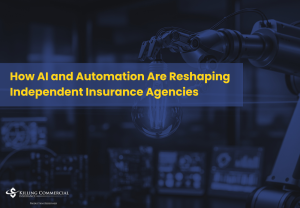
How AI and Automation Are Reshaping Independent Insurance Agencies
In an industry where tradition often outweighs innovation, artificial intelligence and automation are slowly but steadily reshaping how independent insurance agencies operate. The push toward smarter, more efficient workflows is no longer a matter of if—but when. While many agencies are still evaluating how AI fits into their operations, early adopters are already reaping the benefits of streamlined submissions, faster processing, and actionable data insights.

Responses